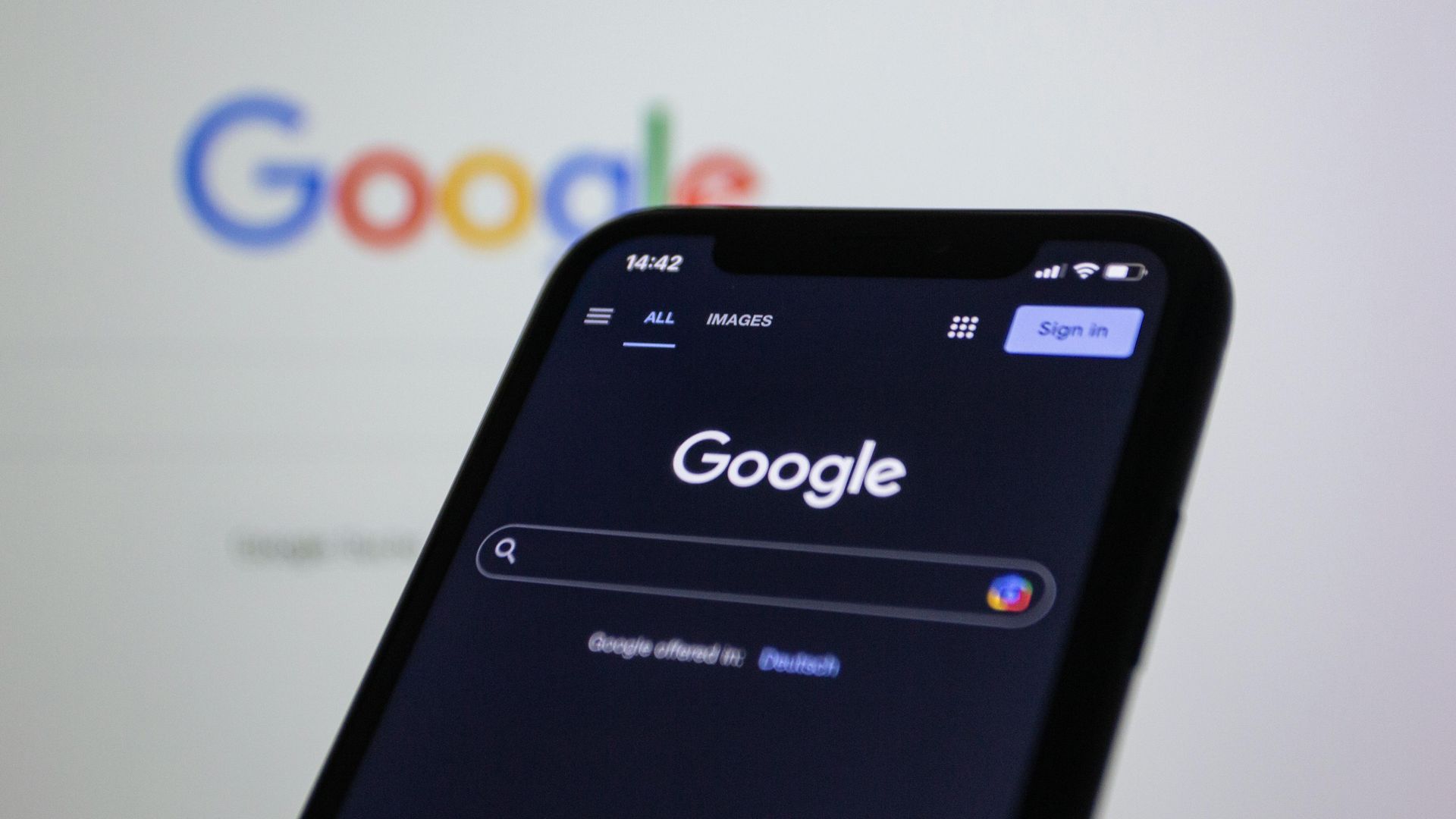Cole-Dalton Marketing Services Blog
Many people refer to the 1960s as the "golden age of advertising," with its unforgettable print media, television, and radio advertisements. The world was fascinated with how many channels advertising could take on. Little did we know what our current era would bring — while print media, television, and radio ads still exist, thousands of digital channels have generated entirely new advertising platforms. Small business owners know they need their ads to stand out from competitors and attract customers, but this is easier said than done. With so many options for online advertisements and limited budgets, what's a small business owner to do? Let's examine the fundamental principles of online advertising and give small business owners a place to start. Researching Online Ad Campaigns The first place to start when planning for a new ad campaign is with research. The good news is that source material for your research is everywhere. Online advertisements, past and present, are often easy to find with a simple Google search. Small business owners should identify local and regional competitors and investigate their advertising strategy. You should ask several questions about your business when creating an online ad. What type of business are you (B2B or B2C)? What do you want to accomplish with your ad (not simply "increase sales")? What is your budget for the campaign? Do you have specific keywords you want to concentrate on? What platform do your best customers tend to interact with? These are just a couple of considerations when creating an online ad. As with the ideal client exercise, the more detail and clarity you can gain about your goals, the more likely your ad will succeed. After researching and brainstorming, it's time to put together your campaign. Each platform has different types and layouts of advertising, and can help lead you through the process to get your ad live. If you have a marketing or advertising entity, you can work with them. It may be worth consulting with an outside professional team if you don't have a designated person.














